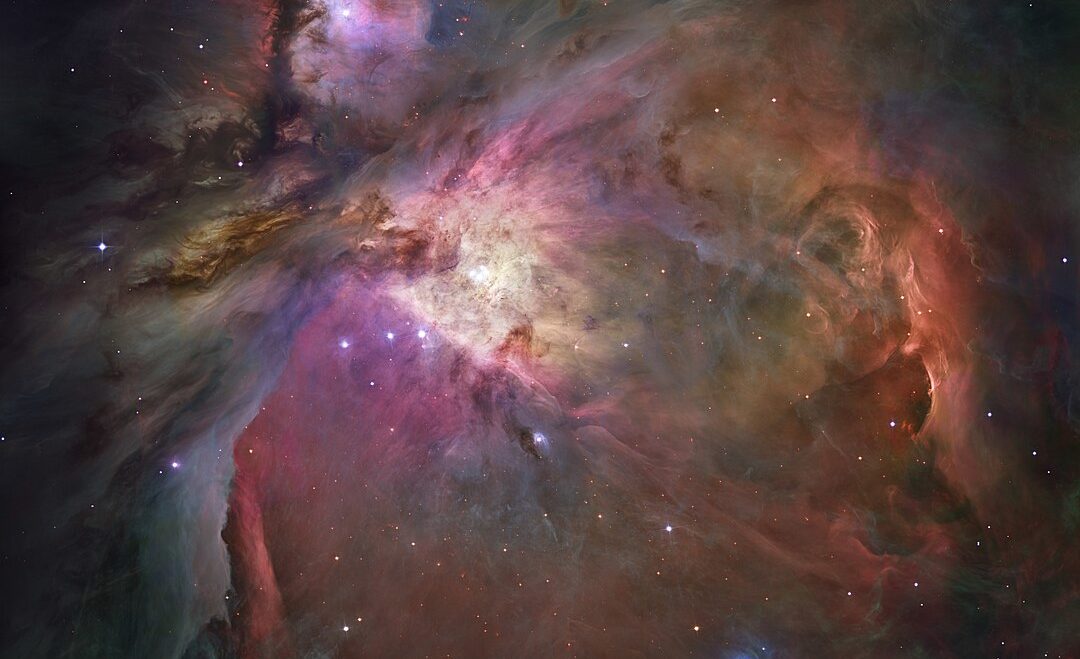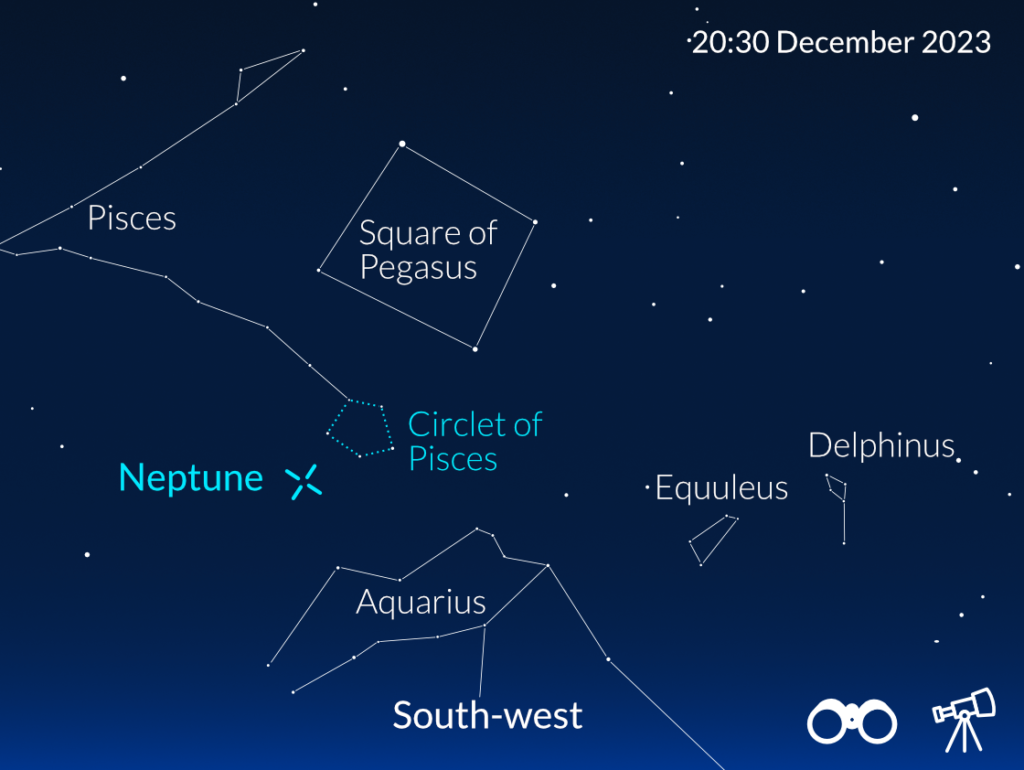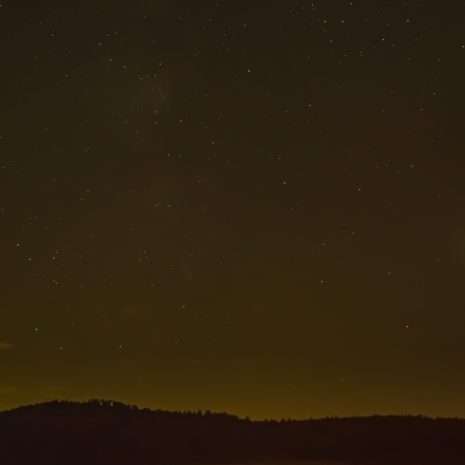Welcome to the December edition of Eyes on the Night Sky for 2023. Darkness falls at a more agreeable time for people young and old to get outside and enjoy the night sky – if the clouds go away!
The winter solstice occurs on 22nd December where the northern hemisphere reaches maximum tilt from the Sun.


As we are talking about the Sun, there has been a sudden increase of solar activity this year, with fantastic shows of northern lights visible even in lower latitudes of the south of England – there may be more opportunities to see this special phenomenon over the coming months. NOAA’s Space Weather Prediction Center (SWPC) recently stated that in this current Solar Cycle 25, the peak may occur sooner than thought, which may be within the first ten months of 2024. There are 11 years in the solar cycle and this is the 25th cycle since records began in 1755. There are good prediction apps that can provide notifications of when is the best time to see it in your area. However, please be aware that ordinarily, high aurora borealis activity is rare and strong shows are difficult to predict.
The New Moon falls on 12th December and the Full Moon on 27th December.
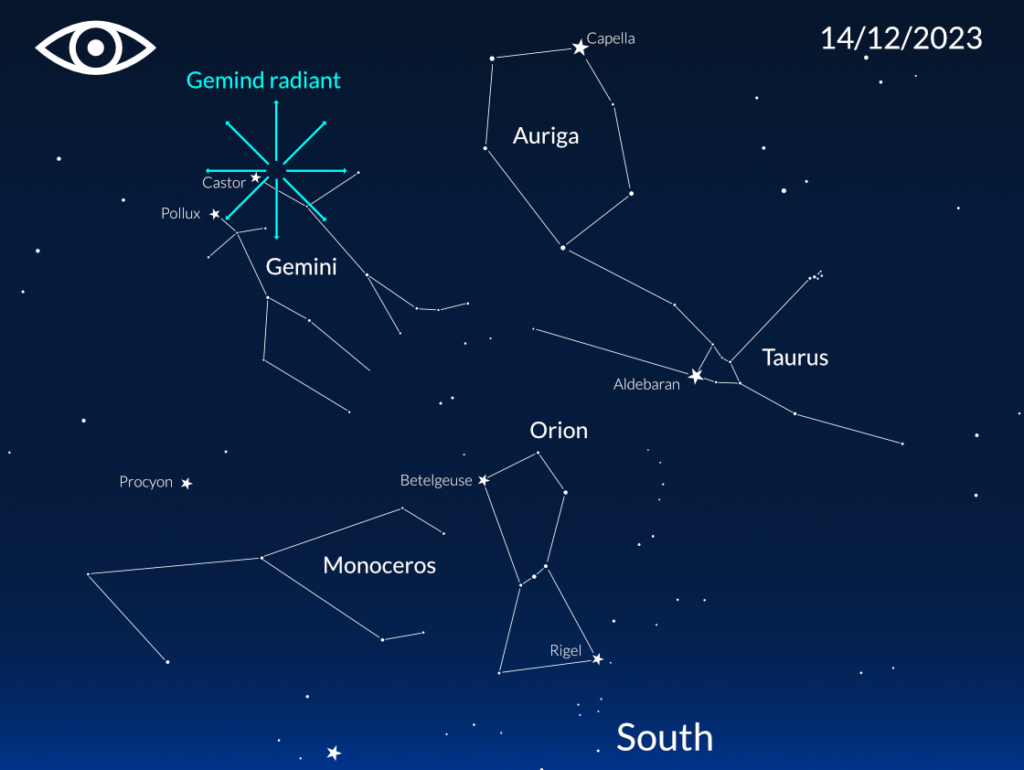
Geminids Meteor Shower
One of the most spectacular meteor showers of the year is active between 4th and 20th December, peaking in the evening of 14th December into the early hours of the 15th. The Geminid Meteor shower produces colourful, fast and bright ‘shooting stars. During the peak time, it could produce up to 150 meteors per hour. The Moon sets at 5pm, providing a nice, dark sky to see this wonderful pre-Christmas show.
Ordinarily, meteor showers are known to be caused by debris left over from comets as they travel through the Solar System. The Geminids are unique as the debris is from impact ejecta from asteroid 3200 Phaethon. Space can be a messy place!
Orion Nebula
Right Ascension 5h 35m 17s | Declination -5° 23′ 28″
The winter months are the most ideal time to study the spectacular Orion Nebula, which is situated in the constellation of Orion. It can be seen with the unaided eye in a dark sky and through binoculars, you can see a small patch of nebulosity and even part of the shape of the nebula. Through telescopes, the nebula starts to look amazing. You can use any telescope from 3 inches aperture upwards – but the larger the telescope, the more spectacular the nebula looks. This is a diffuse, bright nebula comprising dust and gas, the ingredients for a stellar nursery; observations have revealed around 700 stars of varying ages that had their birth in this spectacular nebula.
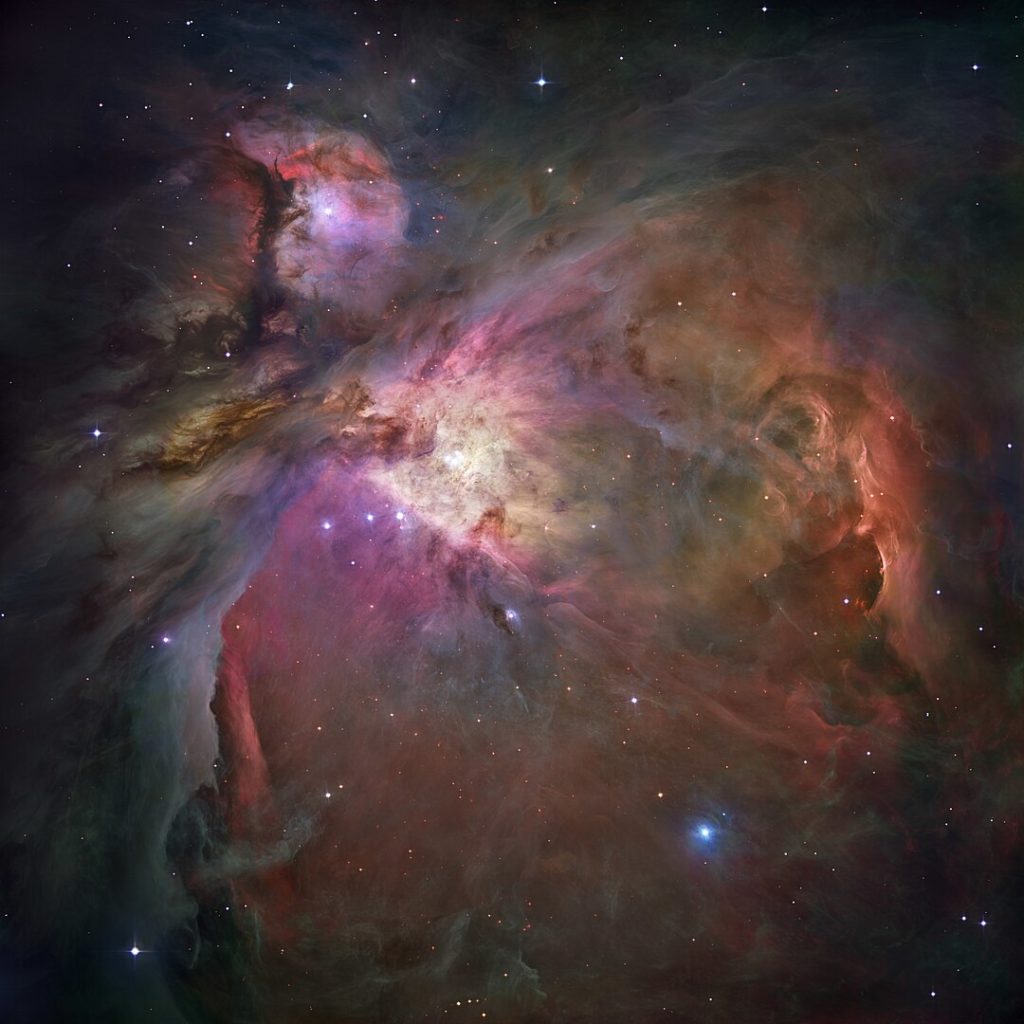
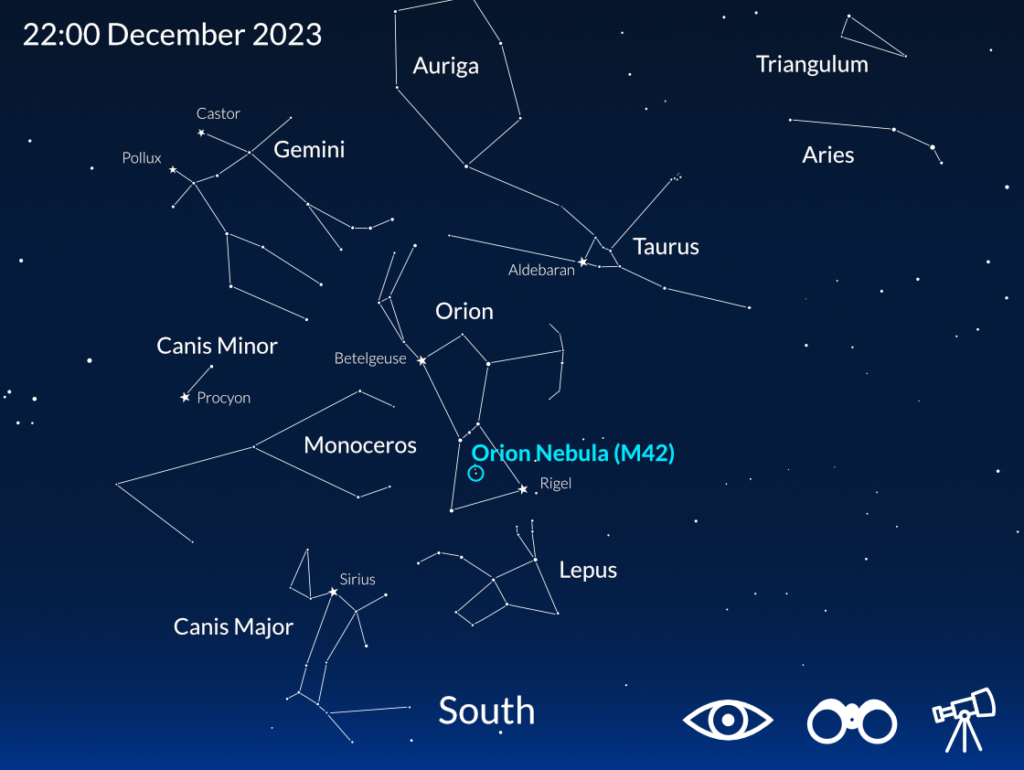
Increased magnification will reveal more treasures in the nebula; The Trapezium cluster. Comprising four stars in a rectangular shape, it pops into view. Spend some time studying the Trapezium and see if you can resolve some extra stars called the E and F stars. You might spot the E star first, popping in and out of view depending on the turbulence of the skies. The F star might take a lot of patience to spot.
A Christmas Tree in the Sky
NGC 2264 – Christmas Tree Cluster
Right ascension |6h 41m
Declination | +9° 53′
This object appropriately named for the season is situated in the constellation of Monoceros and comprise two objects: The Christmas Tree Cluster and Cone Nebula. Situated at 2,350 light years away, the open cluster contains a loose collection of young stars and from our perspective, looks like a Christmas tree. The cone nebula looks almost like a second Christmas tree, with a nebula-shaped tree and a star at the top.
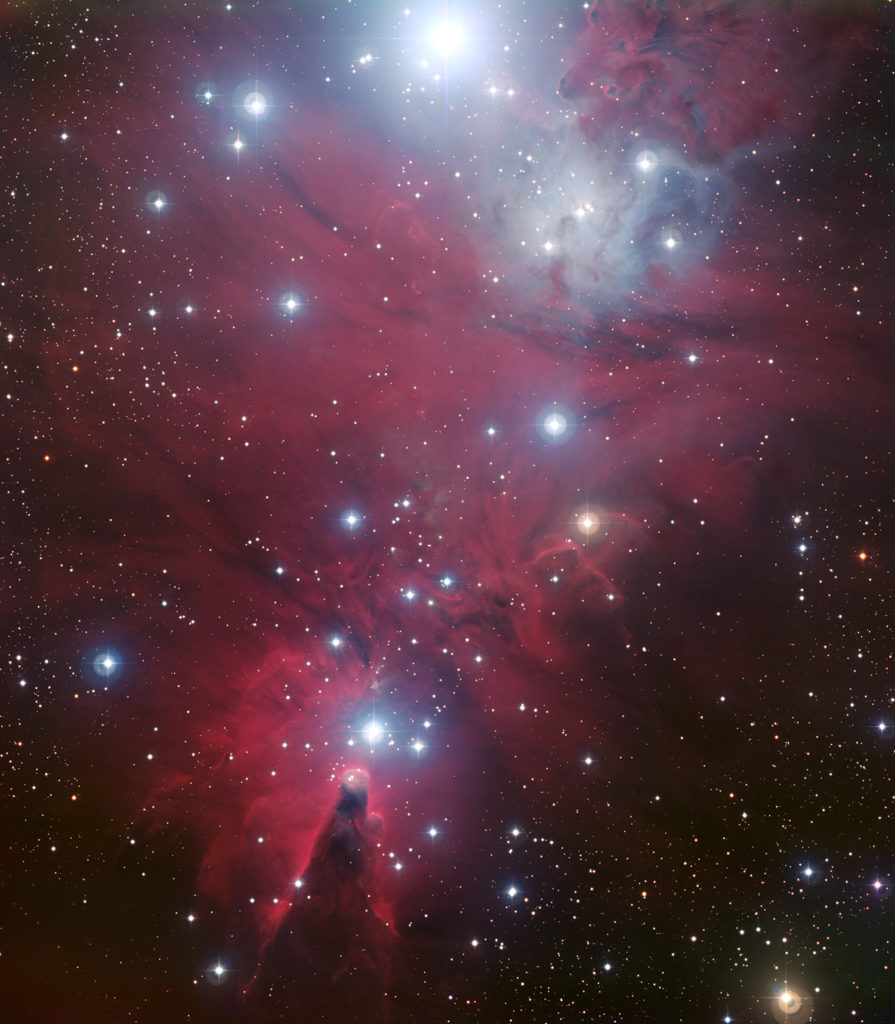
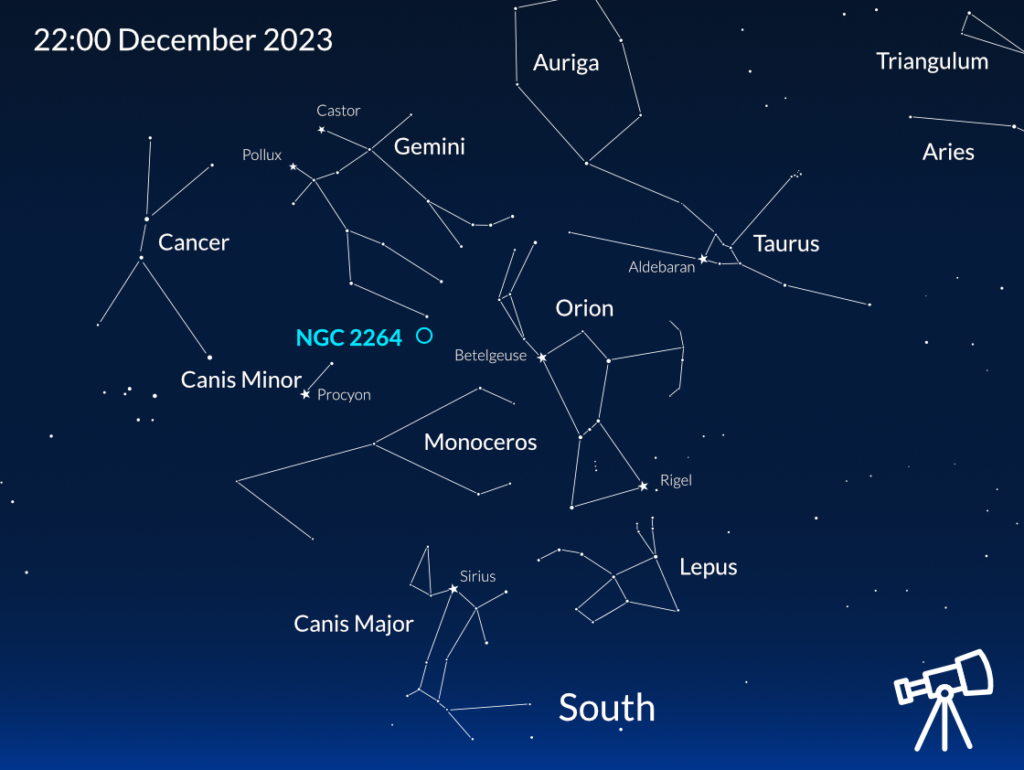
Situated at 2,700 light years away, it is a dark nebula of dense gas and dust which is an ideal area for new stars to form.
You will need a telescope of 8 inches of aperture in a dark sky away from light pollution to see these objects as they are small.
Conjunction of the Moon and Venus
On the morning of 9th December look to the south-east and you will see Venus on the left-hand side of the waxing crescent Moon, separated by 3°38′. They will rise at 4am and will be well placed at 7am, as it starts to get light.

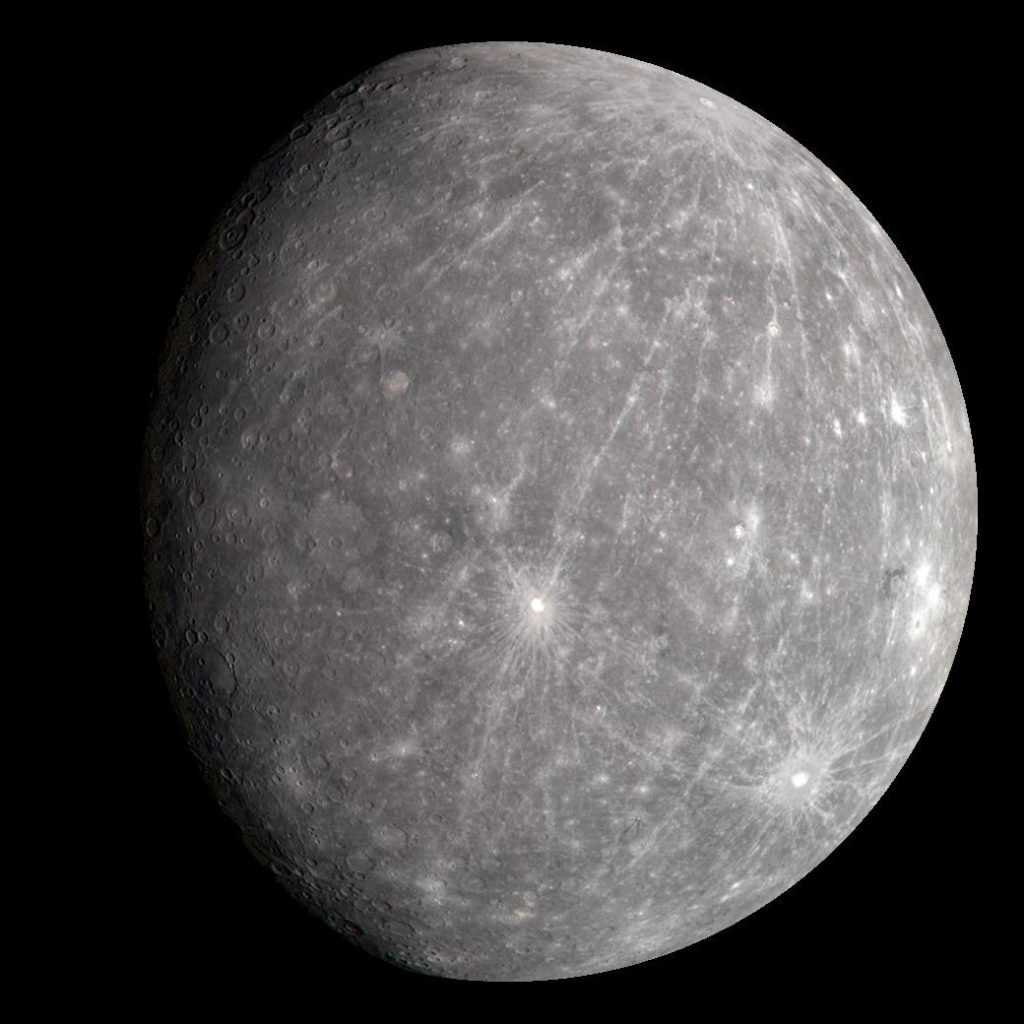
Mercury
Mercury is best seen in the morning on 31st December, about an hour before sunrise in the south-east – it will hug very close to the horizon.
Venus
Venus remains to be a bright morning planet during the month, rising at 4am at the start of December and 5.15am at the end.
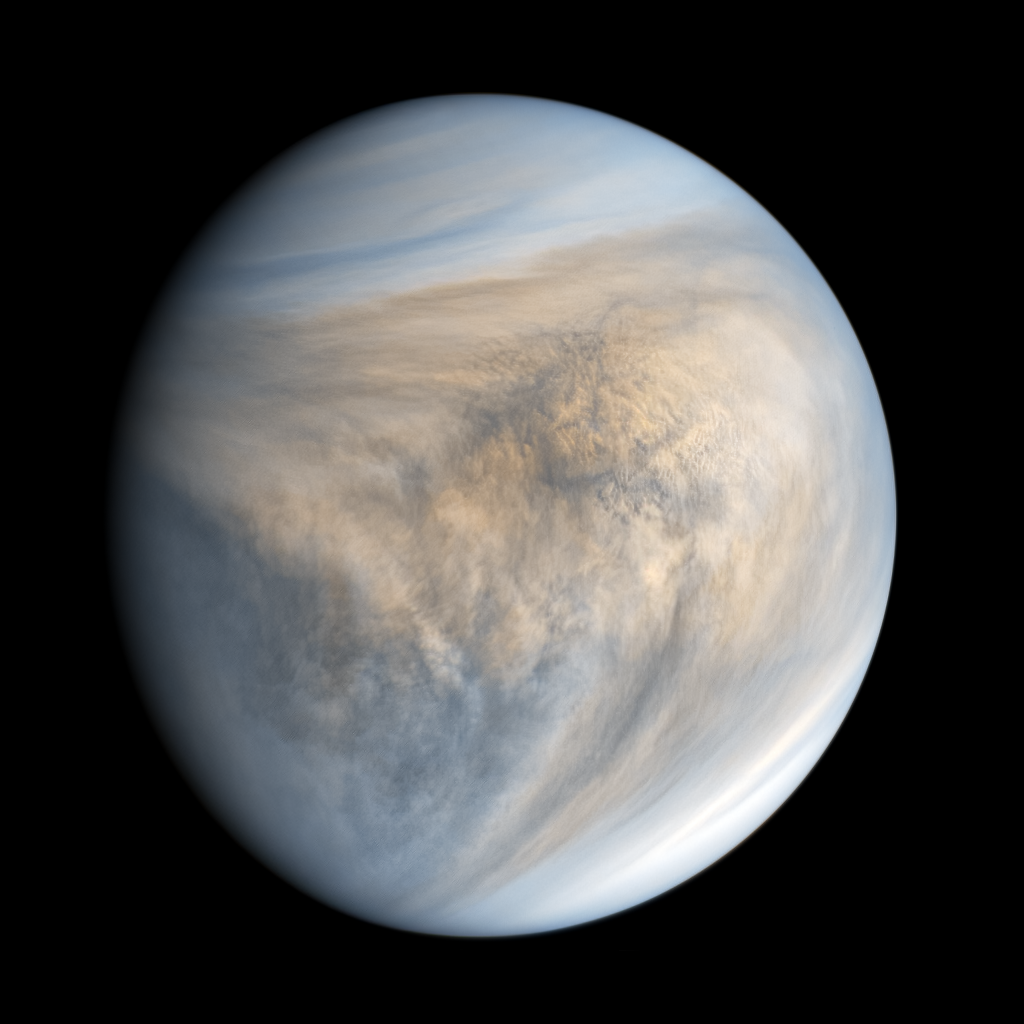
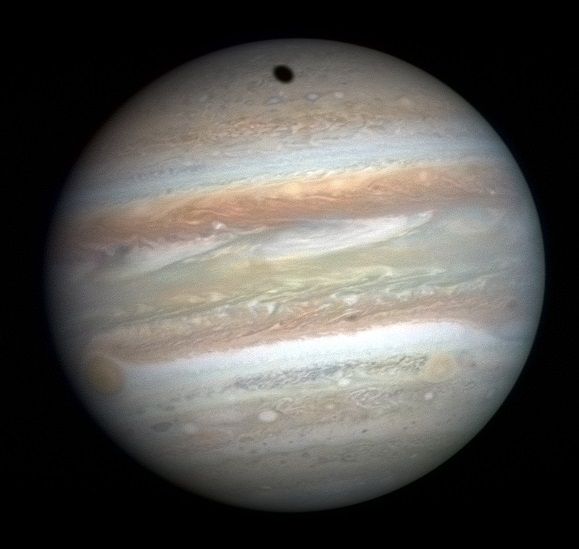
Jupiter
Jupiter – the king planet continues to be bright and well-placed during the evenings of December and is high in the eastern sky as darkness falls..
Saturn
The ideal time to study Saturn is in the first part of the month but later on it starts to lie close to the western horizon at it starts to set earlier on in the evening.
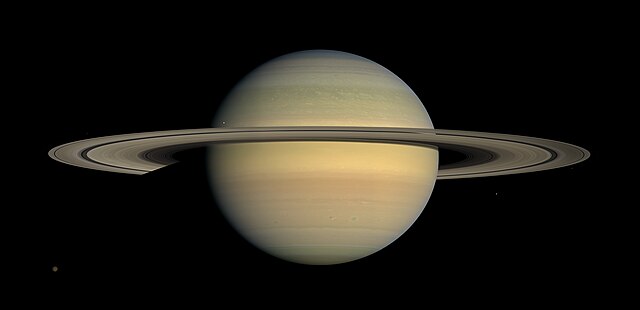

Uranus
The fainter ice giants Uranus should be easy to find as it lies near Jupiter during December. Look for a small, fuzzy green blob at around 3 degrees distant from Jupiter and can be sighted using binoculars.

